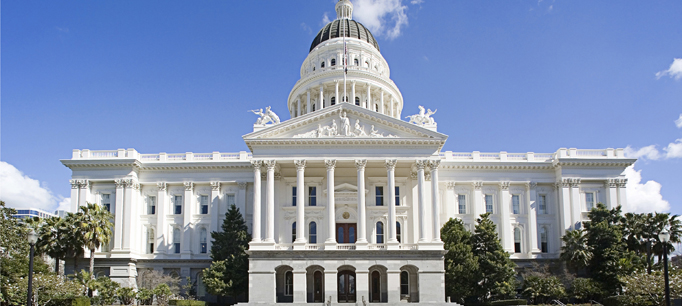California officially has a budget for the coming fiscal year. The state plans to spend $156 billion, about 7.5% more than last year.
As in most other states, in California the governor has line-item veto power. After the budget passes, he can remove or reduce individual provisions without the legislature’s approval. That’s a lot of potential authority over the budget.
What did Jerry Brown do with such tremendous power? Not much. He removed or reduced only 10 budget items, cutting a total of $37.9 million. In the context of a $156 billion budget, that’s a rounding error.
And that’s par for the course with this governor. Brown made his highest number of vetoes (42) in the first budget after his election in 2011; these cuts amounted to one-fifth of one percent of the $267.4 million ultimately spent that year. Last year, he vetoed 30 items that added up to only $40.7 million—that’s like a typical California household reducing its annual spending by about $17.
Many governors have gone light on line-item vetoes, but Brown’s veto numbers are low even in historical context. His vetoes have averaged about a tenth of one percent of each year’s final budget. By contrast, Schwarzenegger (2004–2010) averaged two-thirds of a percent, Davis (1999–2003) and Wilson (1991–1998) about three-quarters of a percent, and Deukmejian (1983–1990) a whopping 2.5 percent. Brown himself, when he was governor in the late 1970s and early 1980s, averaged about three-quarters of a percent in line-item vetoes (we do not have data for 1975, his first year).
There are a number of reasons for the recent harmony between the governor and the legislature. But an important one is likely the new threshold for passing the budget. It used to take a two-thirds vote in each chamber, which required at least some members from each party to sign on. As of 2011, only a simple majority of each chamber is required, so Brown has been able to conduct all the negotiations within his own party. In today’s polarized political environment, that simplifies the process enormously—it also helps explain why each of Brown’s budgets has been approved roughly on time, ending a decades-long trend of budgets passing later and later.
Of course, this streamlining of the process entails sidelining Republicans from budget negotiations. Whether that is too high a price to pay depends very much on one’s perspective. But for better or worse, we may be settling into a new budget status quo.



